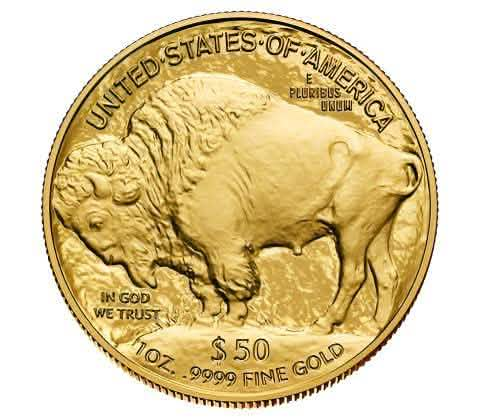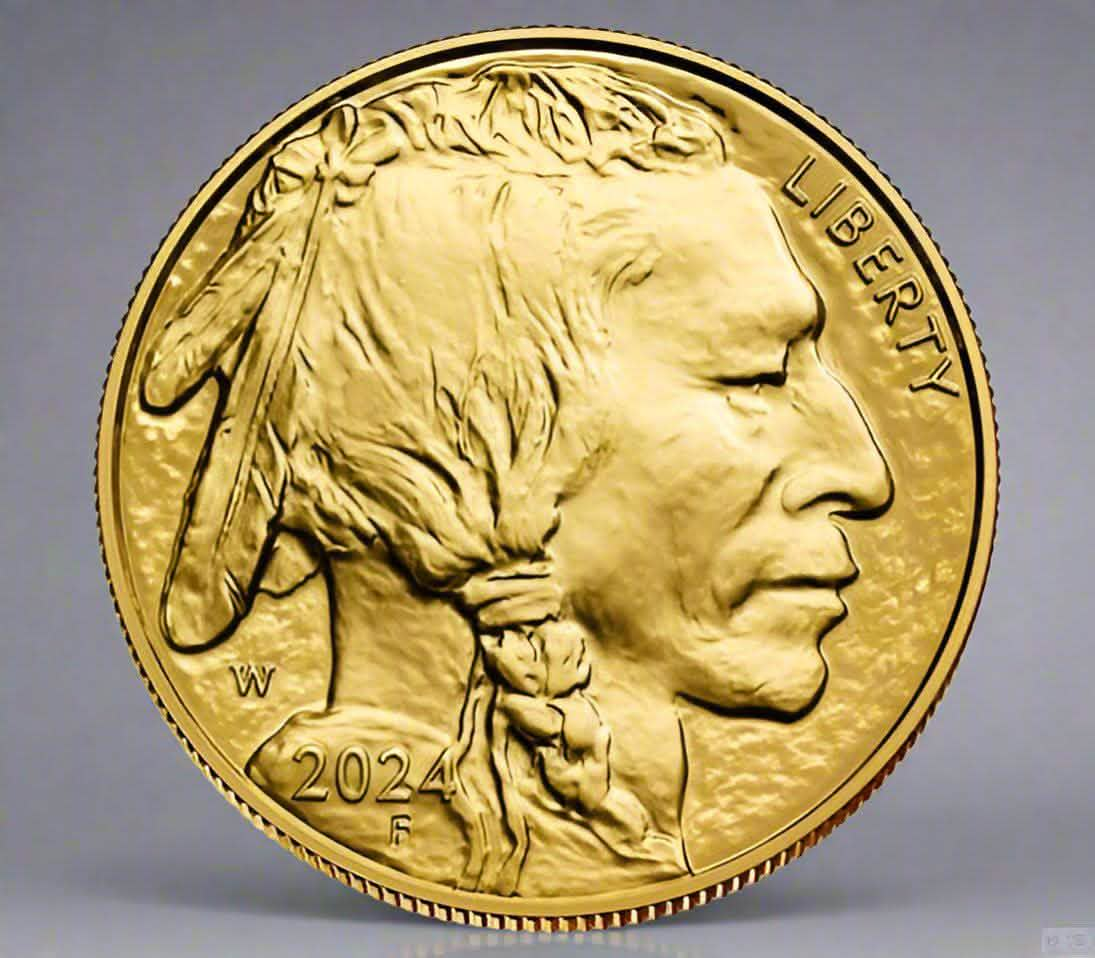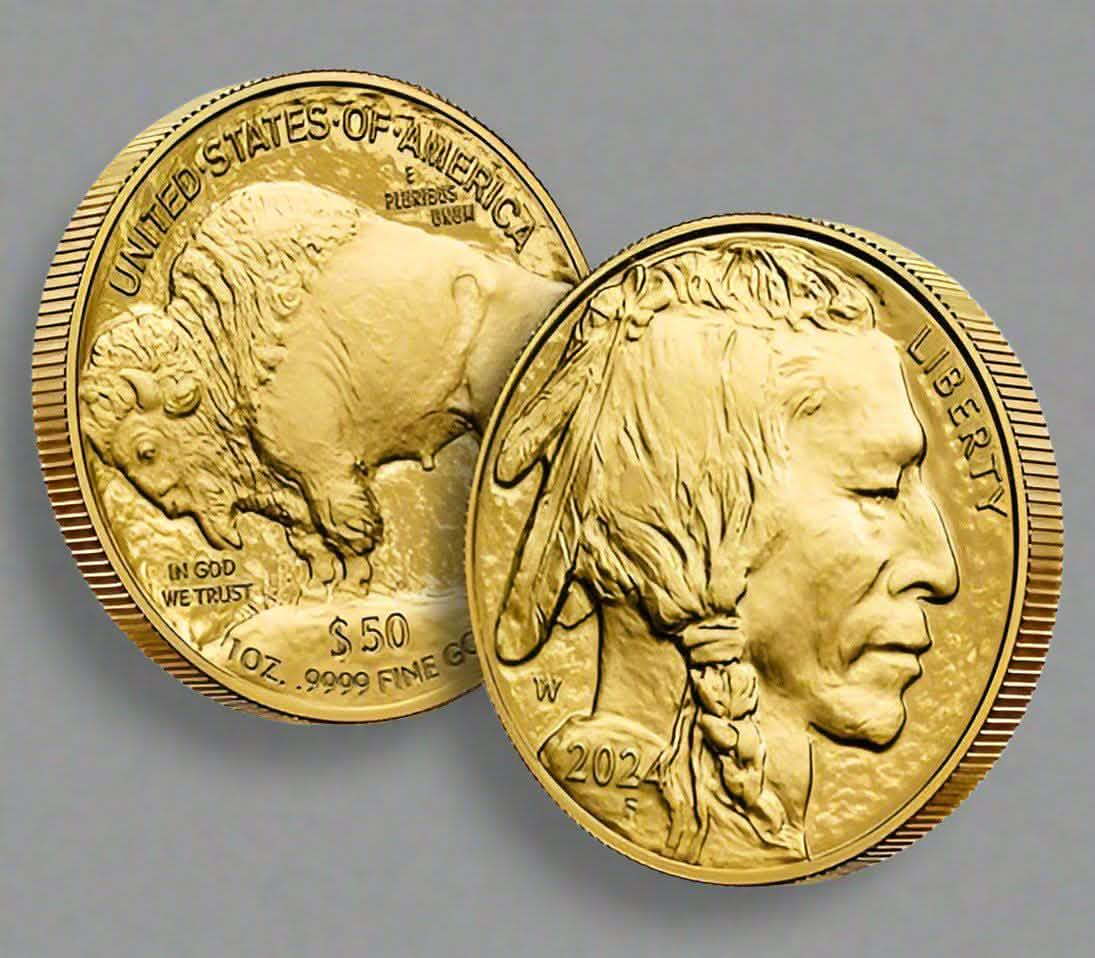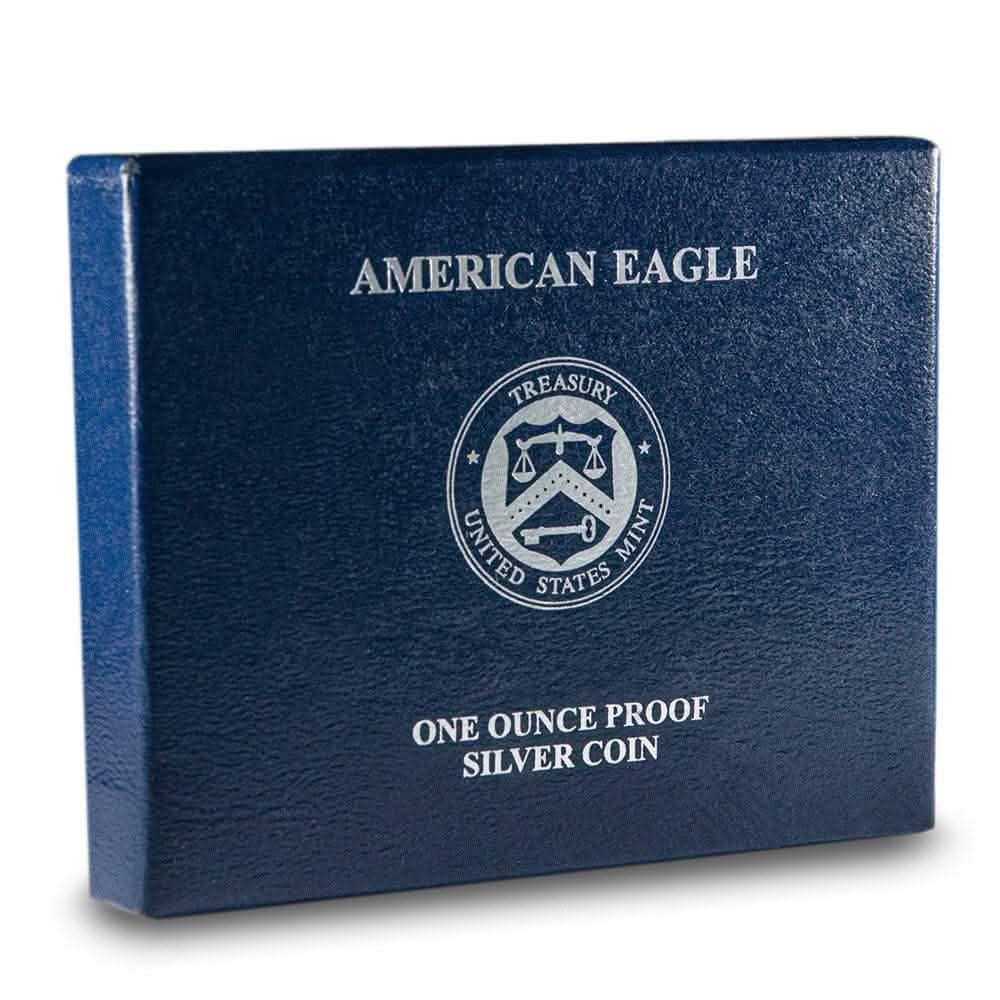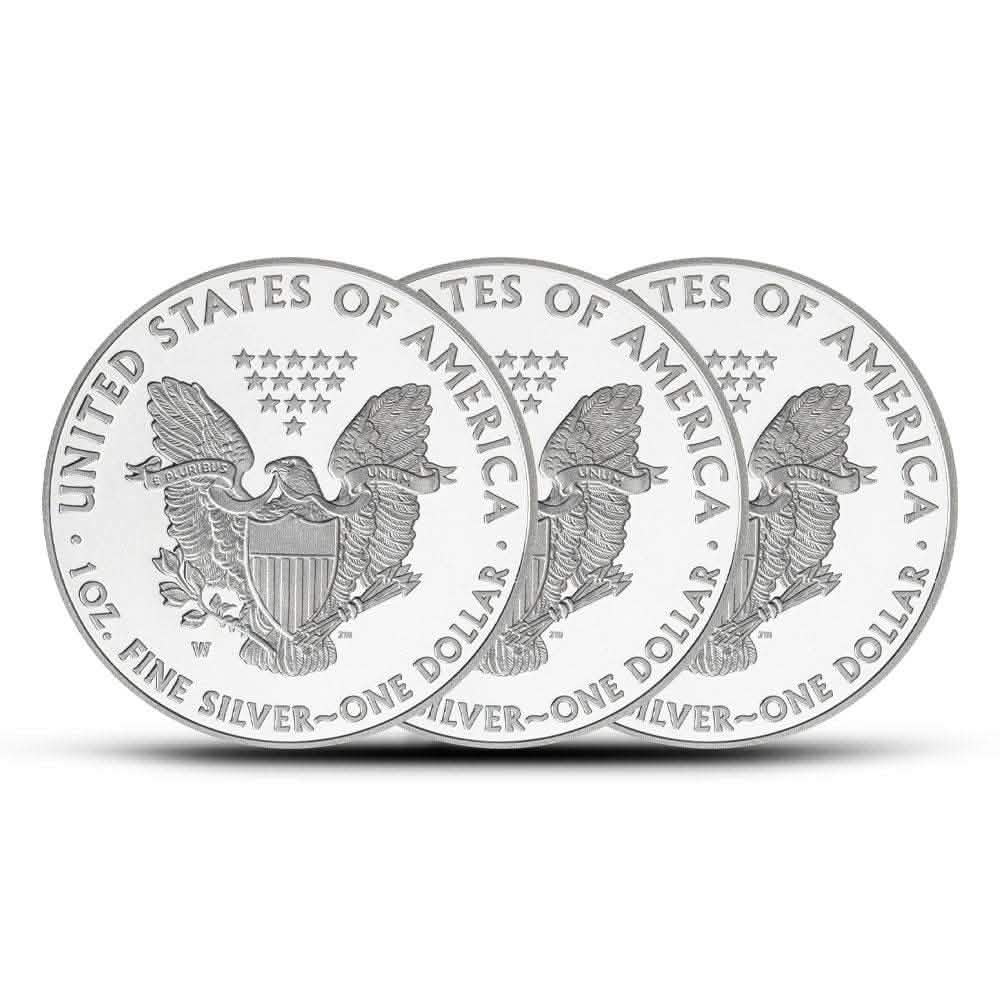Chasing Gold Dreams across America’s Most Enthralled States
Gold has captivated the imagination for centuries, weaving itself into worldwide cultures, economies, and histories. In the United States, gold's allure has sparked rushes, built cities, and inspired dreams of prosperity. For history buffs and geology enthusiasts, understanding which US states remain passionately obsessed with gold offers a glimpse into past adventures and ongoing quests. This exploration reveals the states where gold has left an indelible mark on identity and continues to fascinate.
California's Lure of the Golden Crown
For many, California is synonymous with gold. The 1848 discovery at Sutter’s Mill triggered the legendary Gold Rush, making California a beacon for fortune-seekers worldwide. But what made California so special? The Sierra Nevada foothills are rich in gold veins, and placer mining became the method of choice. Even today, California remains a top gold-producing state, with ghost towns and historic mining camps that remind of the past.
The Gold Rush not only brought wealth but also reshaped California's demographic and economic landscape. Cities like San Francisco ballooned overnight, transforming from sleepy towns to bustling hubs. The legacy of this era still attracts tourists and history enthusiasts to the state’s numerous gold-themed parks and museums.
Modern-day enthusiasts can explore historical sites such as the Marshall Gold Discovery State Historic Park, where the original gold nugget was found. California's commitment to preserving its golden heritage ensures that the stories of determination and discovery continue to inspire.
Nevada’s Glittering Desert
While Nevada may be best known for Las Vegas, its desert landscape holds a golden reputation rooted in history. The Comstock Lode discovery in 1859 marked a turning point, revealing silver and gold deposits rivaling California’s profitability. Goldfield, once Nevada's largest city, boomed during this era, with riches extracted from the earth fueling rapid growth.
Today, Nevada is the top gold-producing state in the United States, contributing significantly to the global gold market. Modern mining operations, such as those in Carlin Trend, continue to yield substantial profits, employing cutting-edge technology to extract precious metals efficiently.
Nevada's gold is alluring beyond its economic contributions. The state's history is alive in places like Virginia City, where visitors can step back in time and experience the Wild West's bustling spirit. Nevada's commitment to preserving its mining heritage makes it a magnet for both curious travelers and seasoned historians.
Alaska's Untamed Wilderness
Alaska’s gold fever began earnestly with the Klondike Gold Rush in the late 19th century. Although the initial rush focused on the Yukon Territory, Alaska's Nome and Fairbanks regions quickly emerged as gold hotspots. The rugged terrain and harsh climate made mining in Alaska a formidable challenge, yet the promise of fortune continued to draw intrepid adventurers.
Gold mining remains vital to Alaska’s economy, with the Fort Knox and Pogo mines leading production. The state’s commitment to responsible mining practices ensures its natural beauty remains intact while supporting local economies.
Alaska's stunning landscapes and rich history make it a haven for adventure seekers. Visitors can relive the thrill of the Gold Rush by panning for gold in streams or exploring historic mining towns. Alaska's unique charm stems from its untamed wilderness, where nature and history intertwine seamlessly.
Colorado’s Mountain Treasures
Colorado's Rocky Mountains hold a special place in gold lore. The 1858 Pikes Peak Gold Rush attracted fortune seekers eager to stake their claims in this mountainous region. While the initial rush yielded modest results, subsequent discoveries in places like Cripple Creek and Leadville established Colorado as a gold-rich state.
Colorado's mining towns today offer a glimpse into the past, showcasing preserved architecture and vibrant histories. The state’s commitment to heritage tourism allows visitors to explore mines, participate in gold panning, and uncover the stories behind these once-booming communities.
Beyond its historical significance, Colorado's gold continues to fuel modern pursuits. The state's diverse geology offers amateur geologists and prospectors opportunities to explore mineral-rich terrains. Colorado's dedication to preserving its mining history ensures that every visitor leaves with a deeper appreciation for the state's golden legacy.
South Dakota’s Black Hills Riches
The Black Hills of South Dakota have long been associated with gold, partly thanks to the 1874 discovery that ignited the Black Hills Gold Rush. This region, sacred to the Lakota Sioux, became a focal point for miners and adventurers during the late 19th century.
The Homestake Mine, one of the most famous gold mines in US history, operated for over a century and produced millions of ounces of gold. Its closure in 2002 marked the end of an era, but it left behind a legacy of innovation and engineering prowess.
Today, the Black Hills continue to captivate visitors with their natural beauty and rich history. Attractions like the Black Hills Mining Museum offer insights into the region's storied past. South Dakota's commitment to preserving its heritage ensures that the spirit of the Gold Rush lives on.
Montana’s Treasure State Legacy
Montana, aptly dubbed the "Treasure State," played a pivotal role in America's gold history. The 1862 discovery of gold in Grasshopper Creek sparked the Bannack Gold Rush, transforming Montana into a mining powerhouse. Subsequent discoveries in Virginia City and Helena cemented the state's reputation as a land of opportunity.
Montana's gold mining legacy is woven into its cultural fabric. Numerous historical sites and museums are dedicated to preserving this heritage. Visitors can explore ghost towns, pan for gold in scenic streams, and uncover the stories of those who shaped Montana’s identity.
Montana's geological diversity today attracts prospectors and geologists eager to explore its mineral-rich landscapes. The state's commitment to sustainable mining practices ensures that its golden legacy endures for future generations.
Arizona’s Sun-Kissed Gold
Arizona's sun-drenched deserts are home to a rich tapestry of gold history. The discovery of gold in the mid-19th century attracted prospectors to the region, leading to the establishment of mining towns like Jerome and Tombstone.
While Arizona's copper deposits became its most famous resource, the state's gold mining industry contributed significantly to its growth. Modern mining operations continue to extract gold and other valuable minerals from Arizona’s diverse geological formations.
Arizona's commitment to preserving its mining history ensures visitors can experience its rich past. From exploring abandoned mines to visiting museums, Arizona offers history buffs and geology enthusiasts a chance to connect with its golden heritage.
North Carolina’s First Gold Rush
North Carolina holds the distinction of being the site of America's first documented gold rush. In 1799, a young boy discovered a 17-pound gold nugget on his family’s farm, sparking a frenzy that would draw thousands to the state.
The Reed Gold Mine, now a state historic site, allows visitors to explore underground tunnels and learn about the early days of American gold mining. North Carolina’s commitment to preserving its history ensures that this lesser-known but significant chapter remains accessible.
Today, North Carolina attracts prospectors and historians eager to explore its gold-rich past. The state’s blend of history and natural beauty makes it a must-visit destination for those interested in America’s golden heritage.
Georgia’s Golden Promise
Georgia’s gold history began in the early 19th century when gold was discovered in the Appalachian region. The subsequent Georgia Gold Rush attracted thousands of fortune seekers, lasting and impacting the state’s development.
The Dahlonega Gold Museum Historic Site allows visitors to explore Georgia’s golden past. Exhibits detail the state’s mining history and cultural impact. Dahlonega's vibrant community and scenic landscapes make it a charming destination for history enthusiasts.
Georgia's commitment to preserving its heritage ensures that the stories of those who sought fortune in its hills remain alive. The state celebrates its golden legacy through festivals, tours, and educational programs.
Wyoming’s Hidden Gold
Wyoming may not be as well-known for its gold as other states, but its history is rich with tales of exploration and discovery. The South Pass area became a focal point during the late 19th-century gold rushes, attracting prospectors eager to stake their claims.
While Wyoming's gold production never reached the levels of its neighbors, the state’s commitment to preserving its mining history offers visitors a chance to explore its hidden treasures. From ghost towns to historic sites, Wyoming provides a glimpse into a lesser-known chapter of America’s gold story.
Wyoming’s pristine landscapes and diverse geology continue to draw prospectors and geology enthusiasts eager to explore its mineral-rich terrains. The state’s dedication to preserving its golden heritage ensures that future generations can connect with its past.
Michigan’s Unexpected Wealth
Michigan’s historical ties to gold may surprise some, but the state’s Upper Peninsula holds a rich tapestry of mining history. The discovery of gold deposits in the mid-19th century sparked a rush to attract prospectors to the region.
While Michigan's copper deposits ultimately overshadowed its gold production, the state’s mining heritage remains integral to its identity. Visitors can explore historic mining sites, museums, and outdoor trails celebrating Michigan’s geological diversity.
Michigan’s commitment to preserving its mining history ensures that the stories of those who sought fortune in its rugged landscapes remain accessible. The state continues to celebrate its golden legacy through festivals and educational programs.
Conclusion
The pursuit of gold has shaped the history, culture, and identity of many US states, leaving a legacy that continues to captivate and inspire. From California's legendary Gold Rush to Alaska's rugged wilderness, each state offers a unique perspective on this timeless quest for wealth and prosperity.
For history buffs and geology enthusiasts, exploring the states most obsessed with gold is an opportunity to connect with the past and discover the stories behind America's golden heritage. Whether panning for gold in a scenic stream or uncovering the secrets of a ghost town, the allure of gold remains as powerful today as it was centuries ago.
These states offer a glimpse into the past and a chance to learn about the geological wonders that continue to shape our world. By preserving their golden histories, they ensure that the spirit of adventure and discovery lives on for future generations.
